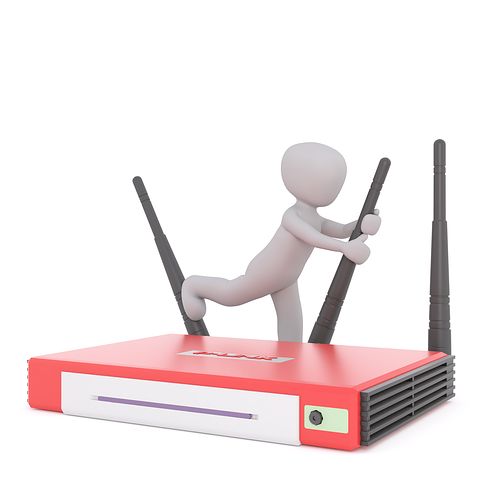There have been many pandemic challenges for people over the past year. One that we have heard about frequently is Wi-Fi speed. Wi-Fi is the magic that allows all our computers, printers, and other devices to wirelessly connect to the internet and each other. With parents working from home and students learning from home, Wi-Fi performance is a big deal. As people return to their offices, it will be a big deal for businesses as well. Let’s take a quick look at 3 common causes of Wi-Fi speed problems.
1. Slow Internet Connection- Wi-Fi enables you to wirelessly connect to the internet, but it needs a way to connect to the internet. Please see my companion post on Internet Connection Speed. If your internet connection is slow, your Wi-Fi will be slow.
2. Outdated or Slow Wi-Fi Equipment- Wi-Fi requires equipment called an access point. The access point may be built-in to your network router. The quality and age of the access point makes a big difference in Wi-Fi performance.
When you subscribe to an internet service, they provide equipment to connect to their service and usually to Wi-Fi. The problem is that the provider access point is often not very good. It may only be adequate for small areas or a few users.
You may have enhanced your Wi-Fi by adding your own access point or multiple access points. This should give you better performance and coverage area. If you set this up more than three years ago, it may become your problem.
Wi-Fi technologies are constantly evolving to keep up with better internet connection speeds. Older access points may not be able to handle the new speeds and can become unreliable. If you Wi-Fi cuts off frequently, causing you to restart your access points, this is a sign of failing equipment.
As you get farther from an access point, Wi-Fi speed drops off. Depending on the layout of your home or office, you may need multiple access points to get good speed everywhere. An ideal way to do this involves access points that can form a mesh network. This allows you to easily move between access points without dropping your connection.
3. Misconfigured Network Settings- With the equipment and software required for your internet access and Wi-Fi access points, even small home networks can get complicated. It’s important to make sure all the network equipment is configured properly. Then the computers and other devices need to be setup right to access the Wi-Fi. Different brands of equipment and computers don’t make this any easier. Any problems with these settings can cause performance issues and dropped connections.
If you need help with any of these problems or an evaluation of your current network, please get in touch with us.

